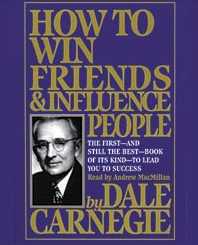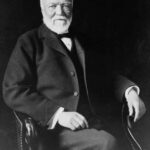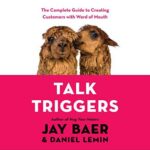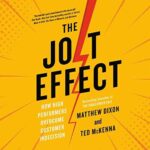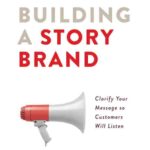In Dale Carnegie’s timeless classic, How to Win Friends and Influence People, he notes that “God gave us two ears and one mouth for a reason—so we can listen twice as much as we talk.” While this advice is valuable in everyday life, it’s absolutely critical in sales.
Related Post: How to Overcome Your Fears – Lessons From Dale Carnegie
New salespeople often make the mistake of jumping into a pitch too quickly. They’re eager to share everything about their product or service, believing that more information will surely lead to more interest. But the reality is quite the opposite. The best salespeople—those who consistently close deals and build strong client relationships—actually speak less and listen more.
They don’t bombard prospects with facts and features. Instead, they open the floor with thoughtful, open-ended questions designed to uncover the buyer’s true needs, motivations, and pain points. As the saying goes, “Whoever is talking is buying”—and in sales, you want your prospect to be doing most of the talking.
Here’s a simple but powerful way to start the conversation:
“Hi, I’m with ABC Company, where we [insert tagline]. Would you mind if I asked you a few questions to see if we’re a good fit for your needs?”
Once you’ve opened the door, it’s time to truly listen. Not just to what they’re saying, but how they’re saying it. You’ll pick up emotional cues, priorities, and hidden objections that you can address later during the close.
Here are some proven question starters that will encourage your prospect to open up:
- What do you look for when choosing a [product/service]?
- What have you found challenging about your current solution?
- What has been your experience with similar offerings?
- How do you determine which option is right for your business?
- What is the deciding factor when making a purchase?
- What made you choose your current provider?
- What do you like most about your current system/process?
- What would you change if you could?
- What do your competitors do differently in this area?
- How do your customers typically respond to changes like this?
These open-ended questions are designed not just to gather data—but to spark meaningful dialogue. The more your prospect talks, the more you’ll understand what truly matters to them. This makes your eventual recommendation feel custom-tailored—because it is.
It’s worth noting that letting your prospect talk more doesn’t mean being passive. Active listening is key. This includes:
- Nodding and providing affirmations like “I see” or “That makes sense.”
- Paraphrasing or repeating key points to show understanding.
- Asking follow-up questions that go deeper based on what they’ve said.
This kind of engagement builds trust. It positions you not as a pushy salesperson, but as a problem-solver—and that distinction makes all the difference.
Another benefit? The answers your prospect gives will surface all the “triggers” you need to make an effective close. By echoing their priorities and language back to them when it’s time to propose your solution, your offer will feel like a natural extension of their own needs—not a forced sales tactic.
Ultimately, the best sales conversations don’t feel like sales at all. They feel like two people working together to solve a problem. And that starts with asking the right questions and shutting up long enough to hear the answers.
Do you let your customer do most of the talking?

